NEW Scientific Evidence in Support of the Shroud of Turin’s Authenticity
...Everyone wants to know the truth, though some cannot handle it.
But thou, O Daniel, shut up the words, and seal the book, even to the time of the end: many shall run to and fro, and knowledge shall be increased. - Daniel 12:4
By Christian Apologist February 25, 2022
If the Shroud of Turin is the authentic burial cloth of Jesus Christ, we have the most important artifact in history, along with evidence of the highly gory and disturbing nature of Roman crucifixions. Perhaps this is why the Shroud of Turin is the most studied artifact in history and why so many scholars and lay people are very passionate about it, from atheists and agnostics to Jews and Christians. Everyone wants to know the truth, though some cannot handle it.
The Shroud of Turin is a herringbone linen cloth that measures approximately 14 by 3 feet. It bears the image and blood (type AB) of a man who had been severely beaten, whipped, and crucified. His head had been poked with sharp objects, consistent with a helmet of thorns. His wrists and feet had been pierced with nails. Almost every part of his body had been battered well over a hundred times and his blood penetrated through the cloth, while the image of the man only appears on its top fibers.
In 1989, Nature published an article that declared that scientists had found “conclusive evidence” that the Shroud had been dated (via C14 carbon dating) to medieval times, so the Shroud was kicked to the curb by the public as a hoax. Since that time, numerous studies have identified serious limitations and problems with the ways the study had been carried out and its results analyzed and interpreted. Furthermore, determining that we have “conclusive evidence” based on a single method of dating and a single tiny corner sample of the Shroud is absurd. Anyone with a Ph.D. who’s taken even only one Ph.D.-level statistics course can tell you that – and I’ve taken six. We have an abundance of evidence in addition to the C14 dating that we can use to determine its authenticity. I present much of this evidence, along with the arguments that some have used to reject the Shroud’s authenticity here. You be the judge!
Arguments for the Authenticity of the Shroud
1. Vanillin
Ray Rogers was a chemist and one of the original 33 Shroud of Turin Research Project (STURP) investigators who were permitted to analyze the Shroud in 1978 and to retain small samples. He analyzed the levels of vanillin in the Shroud. Vanillin is produced from lignin, which is a component of plant cell wall. Vanillin breaks down over time and the breakdown levels vary as a function of the temperature in which the vanillin was stored. By analyzing levels of vanillin, one can assess an approximate age of a material. Rogers analyzed vanillin from lignin in various Shroud samples, such as the Raes sample from 1973. Rogers also noted that the Raes/C14 corner was covered with a unique gum dye coating, which isn’t on the main portion of the Shroud.
“If the shroud had been produced between A.D. 1260 and 1390, as indicated by the radiocarbon analyses, lignin should be easy to detect. A linen produced in A.D. 1260 would have retained about 37% of its vanillin in 1978. The Raes threads, the Holland cloth, and all other medieval linens gave the test for vanillin wherever lignin could be observed on growth nodes. The disappearance of all traces of vanillin from the lignin in the shroud indicates a much older age than the radiocarbon laboratories reported.”[1]
2. Pollen and Burial Ointments
Avinoam Danin was a botanist from Hebrew University. Danin analyzed pollen that was taken from the Shroud, finding the presence of a unique combination of flower species that were present in Jerusalem in April and May.[2] Another study by the late Alan and Mary Whanger entitled “Flora of the Shroud of Turin” further supported the presence of pollen local to Israel on the Shroud.[3] A third study by M. Boi found that some of the pollen found is associated with the oils used in embalming and anointing.[4] Other scholars have confirmed the presence of aromas and/or burial ointments on the Shroud.[5] See the image of the front and back of the image on the Shroud.[6]
“The Shroud is a burial cloth. The corpses enveloped in a burial cloth are sprinkled with aromatic substances with the aim to dehydrate and to delay their decomposition. In Middle East, in ancient times, aromatic oils and aromas such as aloe and myrrh were used. These were used in solution or in dust. Sometimes, the fabrics of the burial cloth were also wet with burial ointments. The position of the man, enveloped in the Shroud and placed in the tomb, was horizontal. So, the effects of the gravity force could have distributed the aromatic substances favoring, even if not uniformly, the back part with respect to the front part. Consequently, in the region of the linen where the dorsal Shroud image lies, there was a larger quantity of burial ointments with respect to the frontal one. In other words, we consider a body sprinkled with aromatic substances and enveloped in a burial linen. The anatomy and position of the man in the sepulchre correlate the cloth with (i) the frontal part of the body where there are burial ointments (on all area) and air in the zones of no contact and (ii) the dorsal part of the body with, substantially, only burial ointments in a large quantity with respect to the frontal one.”[7]
“Nicodemus also, who earlier had come to Jesus by night, came bringing a mixture of myrrh and aloes, about seventy-five pounds in weight. So they took the body of Jesus and bound it in linen cloths with the spices, as is the burial custom of the Jews.” (John 19:39-40).
3. Sudarium of Oviedo
The Sudarium is a face cloth (or sweat cloth or towel, worn around the neck[8]) that many believe was on Jesus’ face during and after His crucifixion. The Sudarium is much smaller than the Shroud, measuring 33 x 21 inches.[9] The Sudarium is of lower quality than the Shroud, woven in an S-twist and in a coarser taffeta pattern.[10] Like the Shroud, the cloth contains much blood, which is colored red. The red color of the blood may surprise those who expect blood to darken with time, but the presence of significant bilirubin (due to the beatings He received) resulted in the retention of red-colored blood.[11] The blood type in both is also AB, the rarest blood type, which appears in only five percent of the population.[12]
“When the face of the Shroud image is overlaid with the Sudarium stains, there is a coincident fit with the beard on the face. Post-mortem blood is present on both cloths with a very similar morphology. Estimation of the length of the nose through which the pleural fluid was expelled onto the Sudarium is 8 cm, which also corresponds with the Shroud image. Polarized overlay studies between the Shroud and the Sudarium show 70 points of correlation on the front of the Sudarium and 50 on the back; the wounds found on the Sudarium located in the nape of the neck area coincide precisely with the bloodstains on the Shroud, which have been suggested to represent thorn wounds.”[13]
“Then Simon Peter came, following him, and went into the tomb. He saw the linen cloths lying there, and the face cloth, which had been on Jesus’ head, not lying with the linen cloths but folded up in a place by itself. Then the other disciple, who had reached the tomb first, also went in, and he saw and believed; for as yet they did not understand the Scripture, that he must rise from the dead.” (John 20:6-9)
“Early Christian sources state that St. Peter took custody of the sudarium, and it was kept in the Holy Land until the Persian and Muslim invasions. Records indicate that it was taken then to Alexandria, Egypt, and then to Cartagena and eventually to Toledo, Spain, where it was kept (636-711A.D.). Again due to the Muslim invasion of Spain, the sudarium was taken to the Cathedral of Oviedo, where it remains to this day….Some 141 pollen grains and 10 fungus spores were discovered on the sudarium; 99 percent were endemic to the Mediterranean region. Three plant species were identified that grow only in Palestine — the terebinth, tamarisk and the batha oak. Two other native plant residues found were that of the “Rocks Rose” (Cistus creticus) and Goundelia tournefortii, which may have been used for Jesus’ crown of thorns. All of these can be found within a radius of 20 km. of Jerusalem and blossom in the spring (around Passover time). These pollens also appear on the Shroud of Turin; however, there are pollens of Spain found on the sudarium which do not appear on the shroud (which is kept in Milan) and vice versa. Traces of myrrh and aloe were found.”[14]
4. DNA
One study has extracted DNA from dust particles vacuumed from the Shroud, finding evidence of several distinct human groups and numerous plant species from around the world who came into contact with the relic.[15] The authors discussed both possibilities of dating the Shroud to either the 1st or 14th centuries in the abstract. Yet in the body of the text, they called the 1988 radiocarbon study into question by noting that other studies have highlighted concerns and a medieval age is not consistent with the “production technology of the linen nor with the chemistry of fibers obtained directly from the main parts of the cloth in 1978.”[16] The authors traced historical accounts of the Shroud’s connections with Jerusalem, Israel (30-33), Edessa (or Sanliurfa), Turkey (200-944), Constantinople (or Istanbul), Turkey (944-1204), Athens, Greece, Lirey, France (1353-1357), Chambray, France (1502-1578), and Turin, Italy (1578 to the present). Results also suggest the linen may have originally been manufactured in India. It is not out of the question to suggest that a wealthy man like Joseph of Arimathea could have purchased imported linen.
Flax and hemp were used to make linen eight centuries before Christ in and around Israel.[17] The linen made back then varied in its density and coarseness and was woven together in either a (counterclockwise) S-twist or a (clockwise) Z-twist, as imaged below.[18] The Shroud’s linen is made of flax and its weave is a 3 over 1 herringbone twill.[19]
5. Negative Photo Shroud Image
Prior to 1898, the image on the Shroud appeared fuzzy and one could sort of see the image of a man. But in 1898, the first person took a photograph of the Shroud, an amateur photographer named Secondo Pia. When he developed the image, he was shocked to find that the reverse in the image was much more detailed.
His image further supports Isaiah 53:2 “For he grew up before him like a young plant, and like a root out of dry ground; he had no form or majesty that we should look at him, and no beauty that we should desire him.”
The Shroud of Turin - The Evidence of Authenticity
A Complete Research. By Jesse Simpson
Jack Sacco Reveals the Science of the Resurrection
A powerful and fascinating exploration of Jack Sacco's study of the Shroud of Turin and what it reveals about the science of the resurrection from forensic and quantum physics perspectives.
SHROUD OF TURIN CONSPIRACY???
For God so loved the world, that he gave his only begotten Son, that whosoever believeth in him should not perish, but have everlasting life. - John 3:16

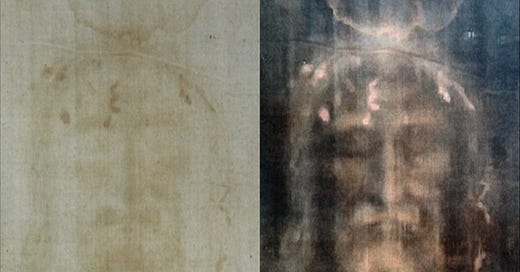



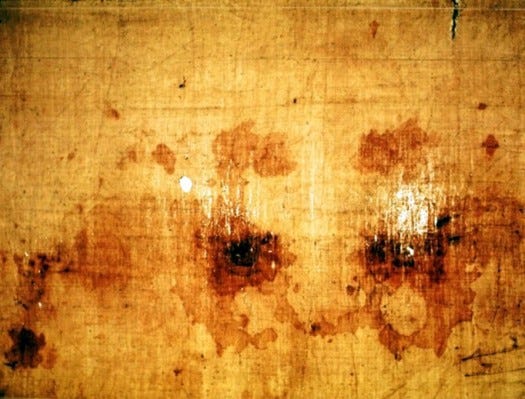
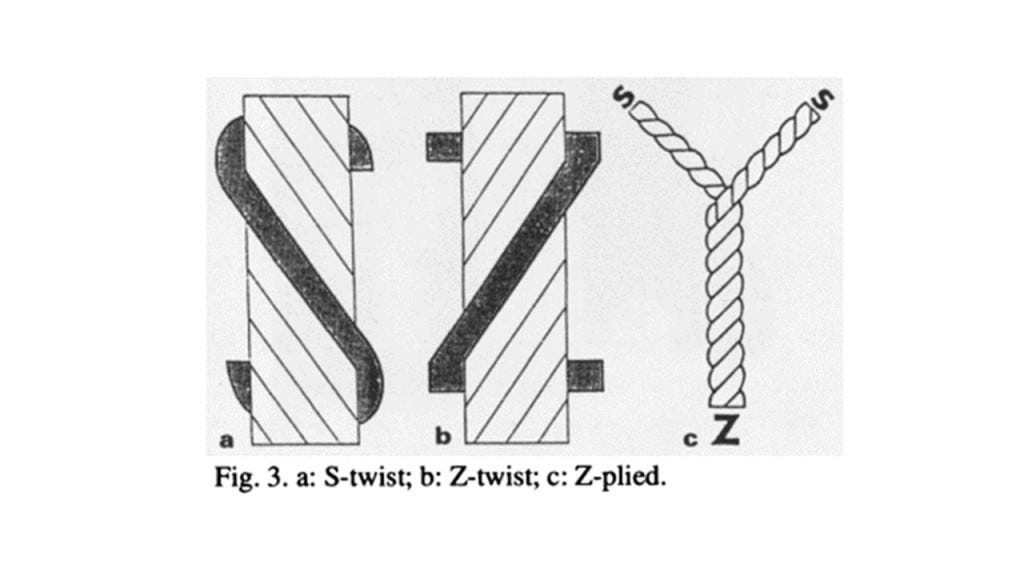
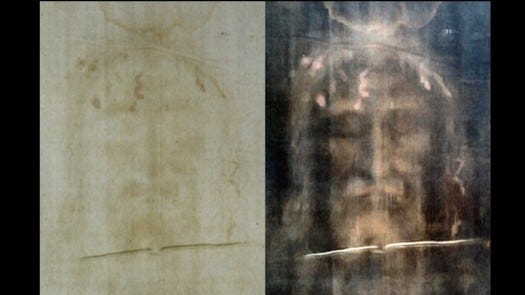
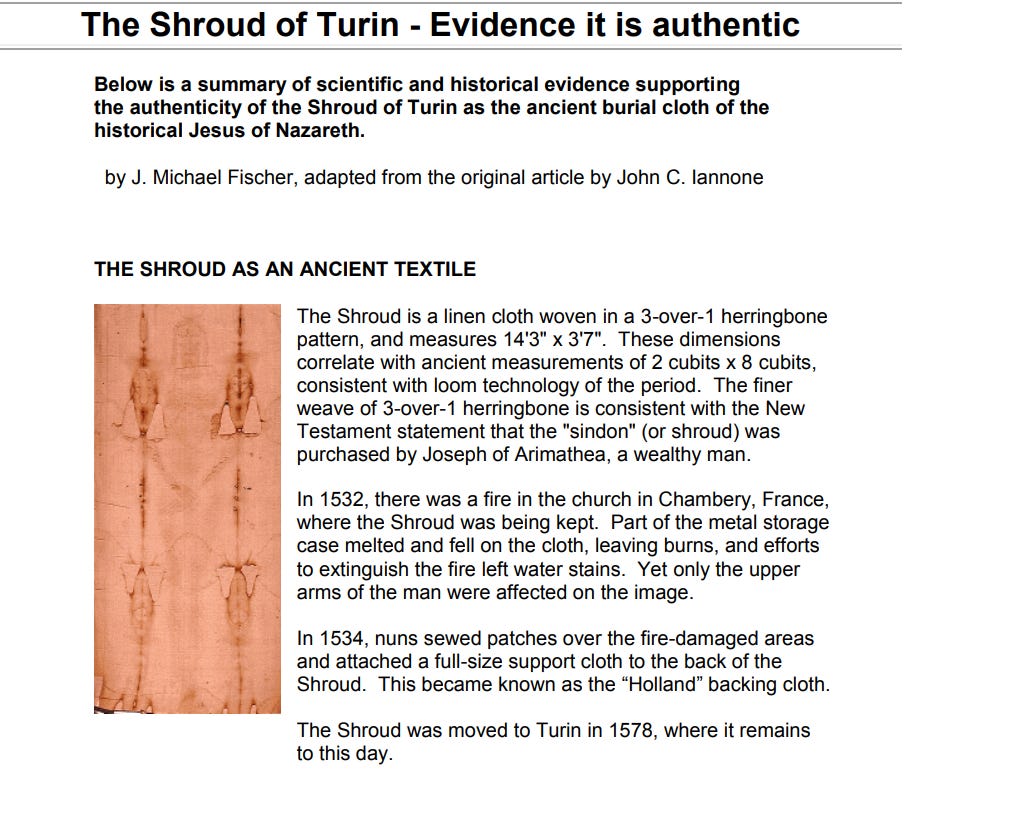
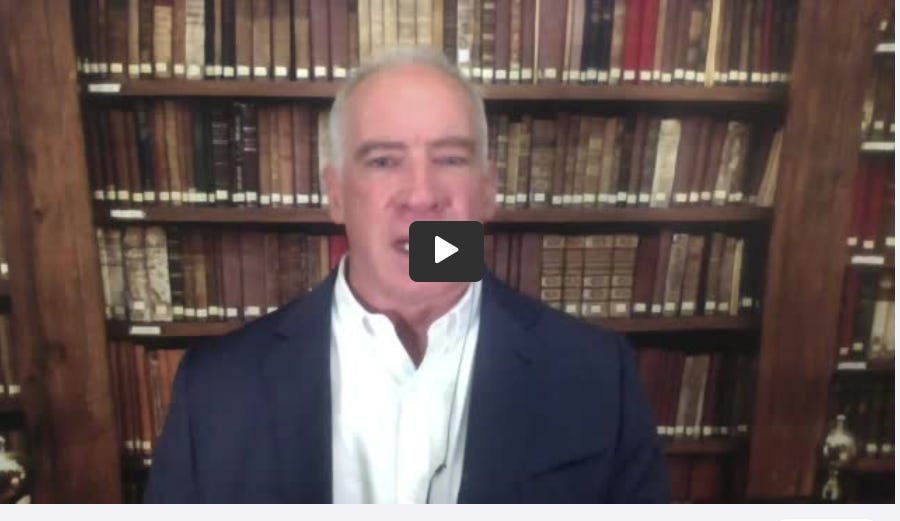
Love this piece. Look for the full moon tonight. Always there on the night of Christs death.
I couldn’t tell which of the evidence was new, but there was a really interesting documentary from the History channel a number of years ago that discussed much of this evidence. From the 3D encoded image on the shroud, modern computer animators were able to create an approximation. https://vimeo.com/59373614